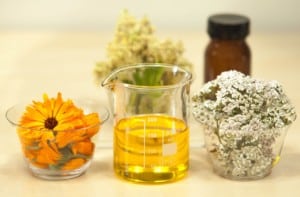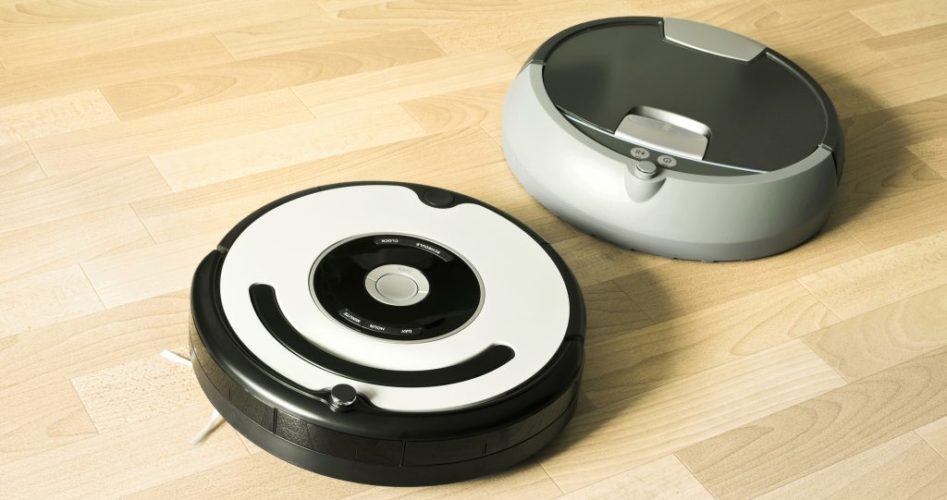A clean home is a happy home, but some of your cleaning tricks may be spreading dirt around rather than making it a germ-free space. Did you know that the average household in this country has more than 7,000 different types of bacteria floating around? It’s no wonder people get sick so frequently these days.
You may be worried about picking up germs outside, but you can catch a virus or infection from your sweet abode. There are ways that you can cut the bacteria and other germs that lurk inside your home. Get ready; you’re going to be shocked how some of your traditional cleaning methods and supplies are doing more harm than good.
If you want to make a change in your family’s life and health, start by adapting new cleaning methods first. Here are the top ten cleaning fails that make your home dirty.
1. Feather Dusters
If any cleaning item should be thrown out the window, it’s the feather duster. This invention was famous in the 1970s to quickly remove dust. The only problem with this device is that it scatters the dust everywhere. Sure, a bit of the debris gets trapped among the feathers, but most of it just gets transferred into the atmosphere.
You’re doing little good for your family when you spread the dust around. However, if you want to trap the dirt and remove it from your space, you need a wet cloth. A damp rag will trap the dirt into the fabric and doesn’t redistribute it.
You’re not cleaning if you use this old-fashioned duster, and your home will still be dirty. Someone with asthma or allergies in your family needs you to get rid of as much dirt as possible.
2. Dirty Vacuum Filters
In the age where people can use a bagless vacuum, why are people still using bags? A bag collects all the crud it picks up from your floors and keeps it in reserve. Have you ever turned on your vacuum cleaner, and it blew dust everywhere? Bags are not full proof.
Another problem is those dirty filters. Many people don’t even check their vacuum filters, so it can’t effectively clean because it’s clogged. The dirty vacuum filter won’t stop it from operating, but it won’t work as efficiently to clean your home.
3. Toilet Brush
Is there anything nastier than a toilet brush that is reused? It sits on a stand and collects water, fecal matter, and urine for everyone to breathe. These brushes are a magnet for harmful bacteria and diseases.
Thankfully, there are new one-use brushes on the market that you don’t have to store anything other than a wand. You clean your commode, release a lever, and the pad falls into the trash. You will have better luck keeping your bathroom germ free when you get rid of those disgustedly dirty toilet brushes.
4. Kitchen Sink
You wouldn’t think that your kitchen sink would be a place where dirt and debris harbor, oh, but it’s one place that needs some bleach. Do you know how many people let dirty dishes sit for days? What about the people who bathe their kids and animals in the sink? All these things are causing a build-up of germs in a commonly used area.
The sink is one place where you need to keep the germs down because you will eat from dishes cleansed here. Make sure that after each time you use your sink, you wipe it down with bleach or scrub it down with detergent. Bleach and soap will kill any germs that harbor on the surface and keep your home cleaner.
5. Using the Same Cleaning Cloth
The cleaning cloth you use for dishes wipe down the table, clean your child’s dirty hands, and wipe down the stove, should only be used for one purpose. You can’t keep using the same cleaning cloth and not expect to spread germs around.
It would help if you had a dedicated rag that you can use for each surface, and it needs to be washed when you’re done. Never let a dishcloth sit out on the sink to dry and then use it again the next day. If you want to cut down germs in your dirty home, then stop using the same rag for multiple purposes.
6. Not Cleaning the Register Vents
Your register vents are one place that is out of sight and out of mind. However, you drop things down in these vents all the time. Some may be more of a “hot spot” than others. Your children also drop things into these holes.
The real problem is when your furnace or AC system kicks on. It spreads these germs all-around your home. Bits of food can mold and spread fungi all over the place, making your home’s air quality lackluster.
Take a vacuum hose and clean as far back into the duct as you can. If you find that the area is really dirty, then you should call in a professional for duct cleaning.
7. Washing Machine
No one would dream that their washing machine would be dirty. It has soap, bleach, and fabric softener running through it all the time. Yet, if your clothes come out smelling not so fresh, then this appliance and its bacteria levels could be to blame.
When the new front-loader style washer came to the forefront, it changed everything. All these rubber seals to keep the water inside while turning on its side made things tricky. Unlike a top loader, which can easily have the lid opened to keep it fresh, it’s a bit more challenging with the new models.
The wet atmosphere and closed-door make it the perfect breeding ground for bacteria. Many people complain that their washer stinks as well as their clothes are coming out with a smell. It would help if you cleaned your washer with a bleach and baking soda combination. If you don’t do this routine clean, then your washer’s seals will become full of mold and bacteria that will get redeposited on your clothes.
8. Remote Controls
If there is one item in the household that most people forget to clean, it’s the remote control. Think of how many times the remote is touched daily. Now, consider how many people sneeze, wipe their nose, cough, and then toss the remote on the couch; it’s dirty.
It collects germs from almost every member of the household, and it also gathers surface germs. You must wipe down this handy device at least once a week with an antibacterial wipe. Just remember to remove the battery before doing this routine clean.
9. Shower Curtain
The shower is the place you go to get clean. All the dirt and grime your body picks up during the day is washed down the drain. Naturally, it would be best to clean your shower and bathtub regularly to keep germs at bay.
However, when is the last time that you’ve washed your shower curtain? The curtain encounters your body both before and after it’s passed. Additionally, your body isn’t the only one it’s touching.
Chances are there is a lot of dirt that fungi that harbor on this curtain, and it should be washed frequently.
10. Light Switches, Doorknobs, and Handles
You can sit back and kick your feet up after a routine clean. You’ve got the important stuff that seems to have germs and dirt cleaned, but have you got everything? Light switches, doorknobs, and handles are often overlooked as no one thinks to clean these unless the dirt is apparent.
However, dozens of times, people in your home touch these items and bring outside germs inside your home. Think of all the times your children go to the bathroom and forget to wash their hands, or there are numerous occasions that a cough or sneeze will encounter them.
When you do your routine household cleaning, you need to remember to include the Light switches, doorknobs, and handles on the list. Your family could easily pass around the flu or other viruses on such items, and you might not be any the wiser.
Final Thoughts on Whisking Away Those Dirty Cleaning Habits
Do you still use the old mop and bucket when you clean your floors? You pick up dirt and redistribute it to other areas of the home. So many old cleaning methods can’t get rid of the germs and infectious diseases that you fight today. You can never be too careful when it comes to the cleanliness of your home.
Sure, your schedule is busy, and the last thing you have time for is to be sick. Sadly, many people aren’t cleaning their houses well enough, or they forget germy hot spots that make them ill. Engage the whole family in making the home a cleaner space.
Cleaning your remotes, washing machines, kitchen sink, as well as your light switches, doorknobs, and handles, should be a routine part of your week. You want to encourage a haven for your family where they can rest easy and won’t get sick. Are you guilty of these epic cleaning failures? Now is the time to cast toxins from your living space.








